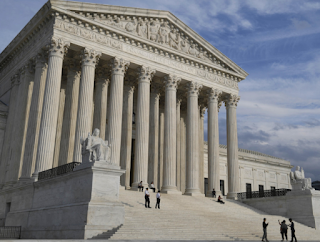Agenda Setting Theory EOTO #2
Levels:
1: The first level is usually used by the researchers to study media uses and its objectives or the influences that media creates on people and the most important thought that people will have on the exposure to the information given by the media house.
2: At the second level, the media focuses on how people should think about the nature of the issues. Which leads us to news reports and determining what will bring interest to the audience. The media wants to grab attention and implant thoughts in people minds about some serious issues. That’s why the media turn certain issues viral.
Agenda Setting As A Whole:
Agenda setting theory is used in a political ad, campaigns, business news, PR
Good Vs. Bad:
1: The media filters and shapes what we see rather than just reflecting stories to the audience. An example of this is seeing a sensational or scandalous story at the top of a broadcast as opposed to a story that happened more recently or one that affects more people, such as an approaching storm or legislative tax reform.
2: Another assumption is that the more attention the media gives to an issue, the more likely the public will consider that issue to be important. Another way to look at it: Mass media organizations aren’t telling us what to think or how we should feel about a story or issue, but are giving us certain stories or issues that people should think more about.
Society:
With the worldwide influence of the internet and social media, where almost everyone can find news they’re looking for instead of being constrained by just relying on one or two sources, it’s harder to convince others that the mass media is setting the agenda.
In addition, the theory doesn’t work for people who have already made up their minds. For example, someone might believe that his or her elected official was the right choice for office, despite numerous compelling reports to the contrary presented by the mass media.
https://www.communicationtheory.org/agenda-setting-theory/
https://online.alvernia.edu/articles/agenda-setting-theory/
https://courses.lumenlearning.com/usgovernment/chapter/reading-agenda-setting-theory/
https://masscommtheory.com/theory-overviews/agenda-setting-theory/
https://www.businesstopia.net/mass-communication/agenda-setting-theory
https://www.communicationstudies.com/communication-theories/agenda-setting-theory







Comments
Post a Comment